How COVID-19 is Changing Traveler Booking Decisions

What Historically Happens When Demand Shrinks
One of the biggest industry fears coming out of this global pandemic is the impact that COVID-19 will have on occupancy and demand moving forward. Historically, this is the typical timeline that follows as demand starts to shrink. First, with demand shrinking consumers begin to see more options than ever. Due to the number of options consumers have, hoteliers start to get nervous and want to make their property the best and most attractive of these options. So how do hoteliers make their property more appealing to travelers? They drop their prices and rates. This is where you see competitors start to cannibalize their own market share until hotels are at record low rates. So the question I pose today is: will this strategy work with the COVID-19 crisis?
Pre COVID-19 Booking Decision Diagram
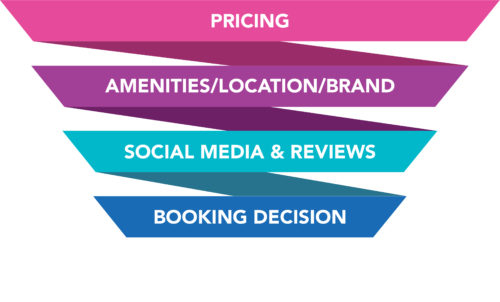
To answer that, let’s analyze the traveler’s booking making funnel pre COVID-19. Prior to this virus, price was undoubtedly the number one priority for consumers when determining where to stay. This was especially true in past crises like the 2008 Great Recession when families did not have expendable income to use on travel. Once a price range was determined, consumers would use factors like amenities, brand, and location to further narrow their search. All things equal, consumers would look to a property’s online presence comparing social media profiles and online reviews to finalize their booking decision. That was before COVID-19, but how are booking decisions being made today?
Post COVID-19 Booking Decision Diagram
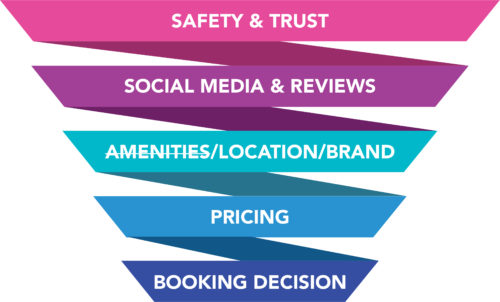
Today’s booking decisions are being made in a completely different funnel. The top priority for the consumer today is safety and trust. What price would you pay to potentially jeopardize you or your family’s health? There were plane tickets available the other day from Miami to Los Angeles for $23, but are travelers willing to take that risk? Today, price is no longer at the top of this funnel, but how do we create a sense of safety and trust to make our hotel the most attractive option for consumers? The best way is through social media and reviews – sharing what you have implemented at your property to ensure guest safety and generating reviews from guests that are staying in your hotel today.
Next, we move down to location, brand, and amenities. Location is extremely important as some travelers might need to be near their place of work or medical facilities like hospitals. Brand loyalty could play a huge factor in where travelers feel the most comfortable, safe, and secure. Amenities, however, might not play as big as a decision making factor today. Finally, we get down to the final factor before making a booking decision: price. What price would you be willing to pay if you felt unsafe where you were staying? To answer the question posed earlier: no, dropping prices is not the best strategy right now to generate occupancy and demand.
Pre Covid-19 Booking Decision Example
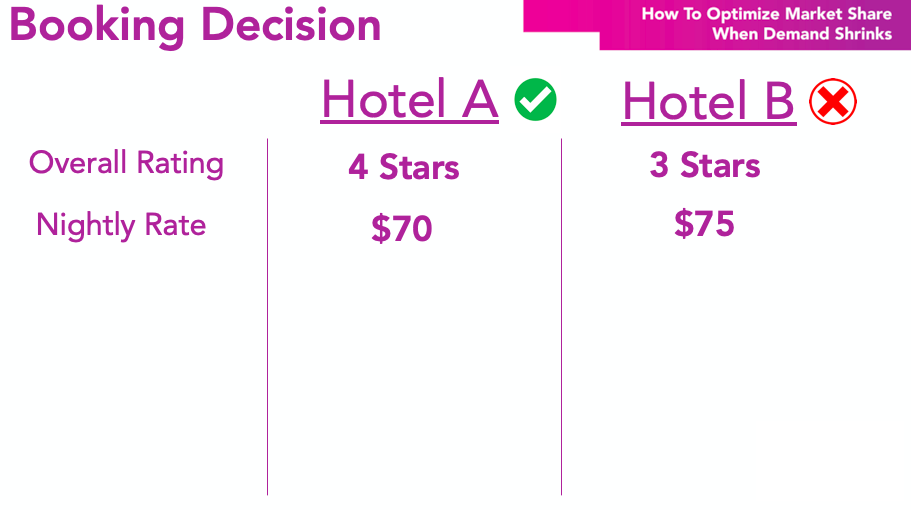
Let’s take a look at how this situation could play out in a real-world situation. Take 2 hotels: let’s assume that both of these hotels are in similar locations, are comparable brands, and have similar amenities. Hotel A has a 4-star rating overall on all online review sites, while Hotel B only has a 3-star overall rating.
Hotel A is running a nightly rate of $70, while Hotel B’s rate is $75/night.
Pre COVID-19, this would be an easy decision for a traveler choosing the higher reputable hotel at the lower rate. But what happens when we start to add more recent factors that impact a consumer traveling with the threat of COVID-19? When travelers start to take into account factors that impact safety and trust that consumers are now prioritizing first.
Post Covid-19 Booking Decision Example
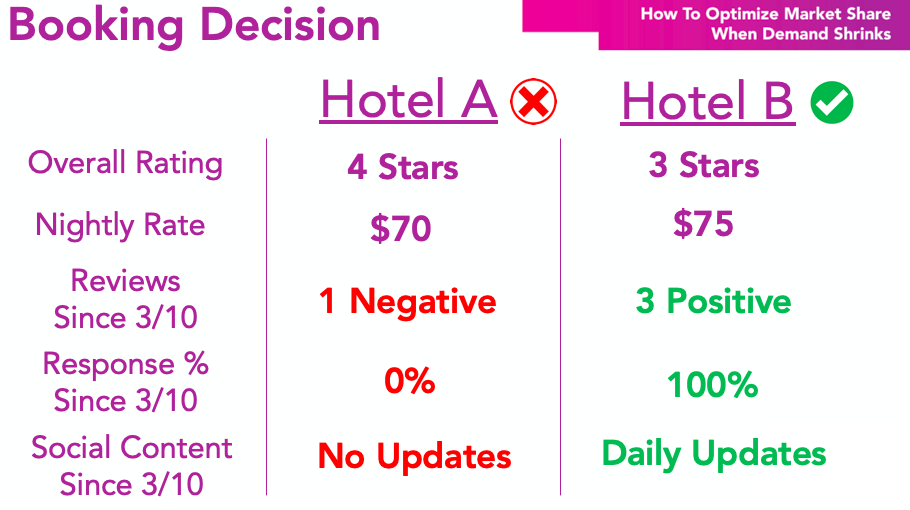
Let’s say that since March 10, Hotel A has only received one recent review. Although it did not impact its overall 4-star rating, this negative 1-star review spoke about the lack of cleanliness and precautions that were being taken at the property. Meanwhile, Hotel B has generated 3 five star reviews in the same time span. All of these reviews mentioned the extra care and precautions implemented at the property which gave these guests peace of mind.
Hotel A fails to respond to the negative review, letting it sit public-facing for all travelers to see. Meanwhile, Hotel B quickly responds to all 3 of its positive reviews reiterating all of the newly implemented policies and procedures that the staff has been practicing.
And finally, Hotel A has yet to communicate with travelers using social media. In fact, the last post on Hotel A’s Facebook was a Valentine’s day special, making travelers nervous that the property might not even be open. Hotel B has been sharing daily updates to its social media pages, posting local information like grocery store hours and restaurants available for take-out. Hotel B has even been sharing some new policies that have been implemented since this crisis.
So now after taking all of these factors into account, what decision would you make today? Does that extra $5 in rate really make a difference? Does Hotel A’s 4-star rating really look more reputable than Hotel B?
How Will Travelers Make Booking Decisions Moving Forward
This is how consumers are making decisions amid the global pandemic. It’s important for hoteliers to evaluate their business on what travelers are seeing today. Assess your hotel’s social media and online reputation from the beginning of this crisis and determine what level of safety and trust you are establishing to travelers. So whether you are a five-star luxury resort or a two-and-a-half star economy hotel, I challenge you to ask yourself: “How attractive is my hotel right now to today’s consumer using this type of booking decision making?”

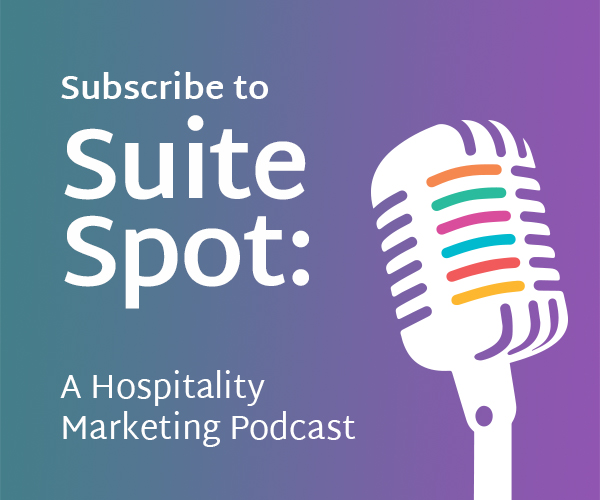

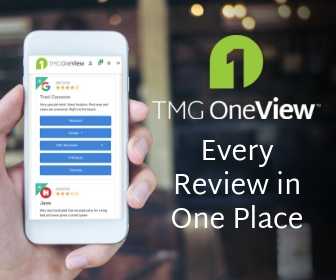
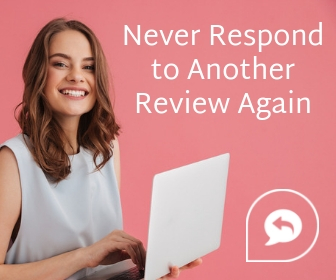
0 Comments